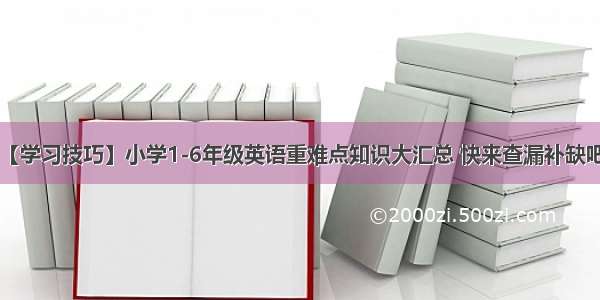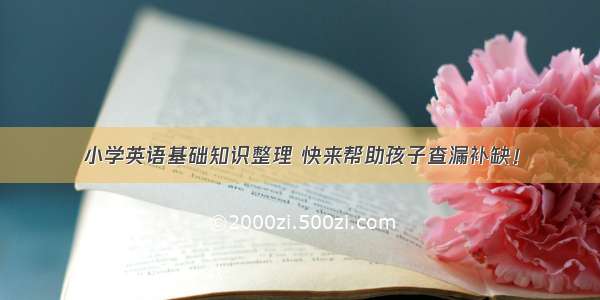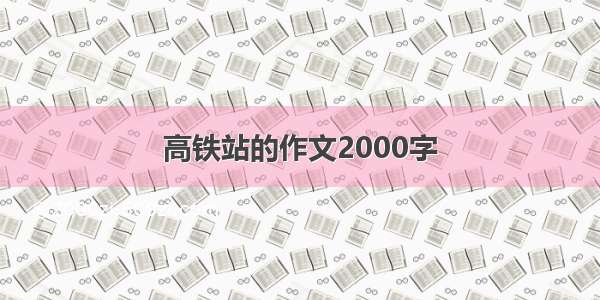
语法易错点
1. a, an的选择:元音字母开头的单词用an,辅音字母开头的单词用a.
2. am , is , are的选择:单数用is ,复数用are. I用am , you用are.
3. have , has的选择:表示某人有某物.单数用has ,复数用have. I ,you用have .
4. there is, there are的选择:表示某地有某物,某人.单数用there is ,复数用there are.
5. some, any的选择:肯定句用some,疑问句和否定句用any.
6.疑问词的选择:what (什么) who (谁) where (哪里) whose (谁的) why(为什么)when(什么时候)which(哪一个)how old (多大) how many (多少)how much(多少钱)
形容词比较级
当我们需要对事物作出比较时,需要用到比较级.比较级的句子结构通常是:
什么+动词be (am , is , are ) +形容词比较级+ than(比)+什么,如:
I"m taller and heavier than you. (我比你更高和更重.)An elephant is bigger than a tiger. (一只大象比一只老虎更大.)
形容词的比较级是在形容词的基础上变化而来的,它的变化规则是:①一般的直接在词尾加er ,如tall - taller , strong - stronger ,②以e结尾的,直接加r ,如fine – finer ,③以辅音字母加y结尾的,先改y为i再加er,如funny - funnier④双写最后的字母再加er,如big – bigger, thin – thinner ,hot – hotter
☆注意☆
比较的两者应该是互相对应的可比较的东西.典型错误:My hair is longer than you.(我的头发比你更长.)比较的两者是我的头发,你(整个人),那么比较的对象就没有可比性.应该改为:My hair is longer than yours.或My hair is longer than your hair.
动词过去式
动词的过去式的构成规则有:
A,规则动词①一般直接在动词的后面加ed:如worked , learned , cleaned , visited②以e结尾的动词直接加d:如lived , danced , used③以辅音字母加y结尾的动词要改y为i再加ed(此类动词较少)如study – studied carry – carried worry – worried (注意play,stay不是辅音字母加y,所以不属于此类)④双写最后一个字母(此类动词较少)如stopped
B,不规则动词(此类词并无规则,须熟记)小学阶段要记住以下动词的原形和过去式:sing – sang , eat – ate , see – saw , have – had , do – did , go - went , take - took , buy - bought , get - got , read - read ,fly - flew , am/is - was ,are - were , say - said , leave - left , swim - swam , tell - told , draw - drew , come - came , lose - lost , find - found , drink - drank , hurt - hurt , feel - felt
动词现在分词详解
①一般的直接在后面加上ing ,如doing , going , working , singing , eating②以e结尾的动词,要先去e再加ing ,如having , writing③双写最后一个字母的(此类动词极少)有:running , swimming , sitting , getting
人称代词主格及宾格
人称代词分为主格和宾格,主格和宾格区别:主格和宾格汉语意思相同,但位置不同。
Eg:I(主格)"我"-- me (宾格)"我"
主格在陈述句中通常放句首,宾格通常放在动词后或介词后,也就是说宾格,不放在句首。
Eg :I have a new car.( I 主格)
Excuse me (me 宾格)
I ask him to go (him 宾格)
They sit in front of me (me 宾格)
主格(8个):I 我you你 he他 she她 it它 we 我们you 你们they他(她、它)们
宾格(8个):me我 you你 him 他her她 it它 us我们 you你们 them他(她、它)们
句型专项归类
1.肯定句:是指用肯定的语气来陈述的句子,
如:I"m a student.
She is a doctor.
He works in a hospital.There are four fans in our classroom.
2,否定句:含有否定词或表示否定意义词的句子,
如:I"m not a student.He does not (doesn"t) work in a hospital.
There are not (aren"t) four fans in our classroom.
☆注意☆小结:
否定句主要是在肯定句的基础上加上了否定词"not".有动词be的句子则"not"加在be后面,可缩写成"isn"t,aren"t",但am not一般都分开写.没有动词be的句子则要先在主要动词的前面加上一个助动词(do,does,did),然后在它后面加上"not",你也可以把它们缩写在一起如"don"t , doesn"t , didn"t ).这三个助动词要根据人称和时态来选择,其中"does"只用于一般现在时主语是第三人称单数的情况,而"did"只用于一般过去时,不论主语是什么人称和数,都用"did" .
3,一般疑问句:是指询问事实的句子,此类句子必须用"yes",或"no"来回答.如:Are you a student ?Yes, I am No, I"m not.Is she a doctor?Yes, she is. No, she isn"t.Does he work in a hospital ?Yes, he does. / No, he doesn"t.Did you watch TV yesterday evening? Yes, I did. / No, I didn"t.
☆注意☆小结:
一般疑问句是在肯定句的基础上,①把动词be调到首位,其他照写,末尾标点符号变成问号即可.②没有动词be的句子则要在句首加上一个助动词(do,does,did)再把紧跟在后面的动词变回原形,末尾标点符号变成问号即可.这三个助动词也要根据人称和时态来选择,其中"does"只用于一般现在时主语是第三人称单数的情况,而"did"只用于一般过去时,不论主语是什么人称和数,都用"did" .一般疑问句有个重要的原则就是问和答要一致,即问句里的第一个单词(助动词)和简略答句里的这个词是一致的.
4,特殊疑问句:以特殊疑问词(what , where , who , which , when , whose , why , how等)开头引导的句子.此类句子应该问什么就答什么,不能用"yes ,no"来回答.如:
What is this?Where are you going?Who played football with you yesterday afternoon?When do you usually get up?Why do you like spring best ?How are you?
☆注意☆小结:
其中how又可以和其他一些形容词连用组成特殊疑问词组用来提问,如: how many(多少(数量)), how much(多少(钱)), how tall(多高), how long(多长), how big(多大), how heavy(多重)
例句:How many pencils do you have ?How many girls can you see ?
how many用来提问可数名词的数量,主要有以上三种搭配,How many +名词复数+ do you have你有多少……How many +名词复数+ can you see你能看见多少……How many +名词复数+ are there…有多少……
完全,缩略形式
1、简缩形式的变法:把倒数第二个字母,通常是元音字母变成" 但are除外,are要把a打成" 。Eg:he is=he"s they are=they"re
2、简缩形式和完全形式的汉语意思相同。
3、把完全形式变成简缩形式时,一定要注意第一个字母的大小变化。Eg:What is =What"s
4、记住一个特殊变化;let"s =let us 让我们(不要把" 变成i)
5、记住:this is 没有简缩形式this"s(错误)
6.常见的缩略形式:
I"m=I am he"s=he is she"s=she is
they"re=they you"re=you are
there"s=there is they"re=they are
can"t=can not don"t=do not
doesn"t=does notisn"t=is not
aren"t=are not let"s=let us
won"t=will not I"ll=I will
wasn"t=was not
关注我们长按二维码












![[推荐]A Letter to a Schoolmate2000字英语作文](https://2000zi.500zi.com/uploadfile/img/2024/08/17/454a103d285122c7c00f219ef82f0c16.jpg)


